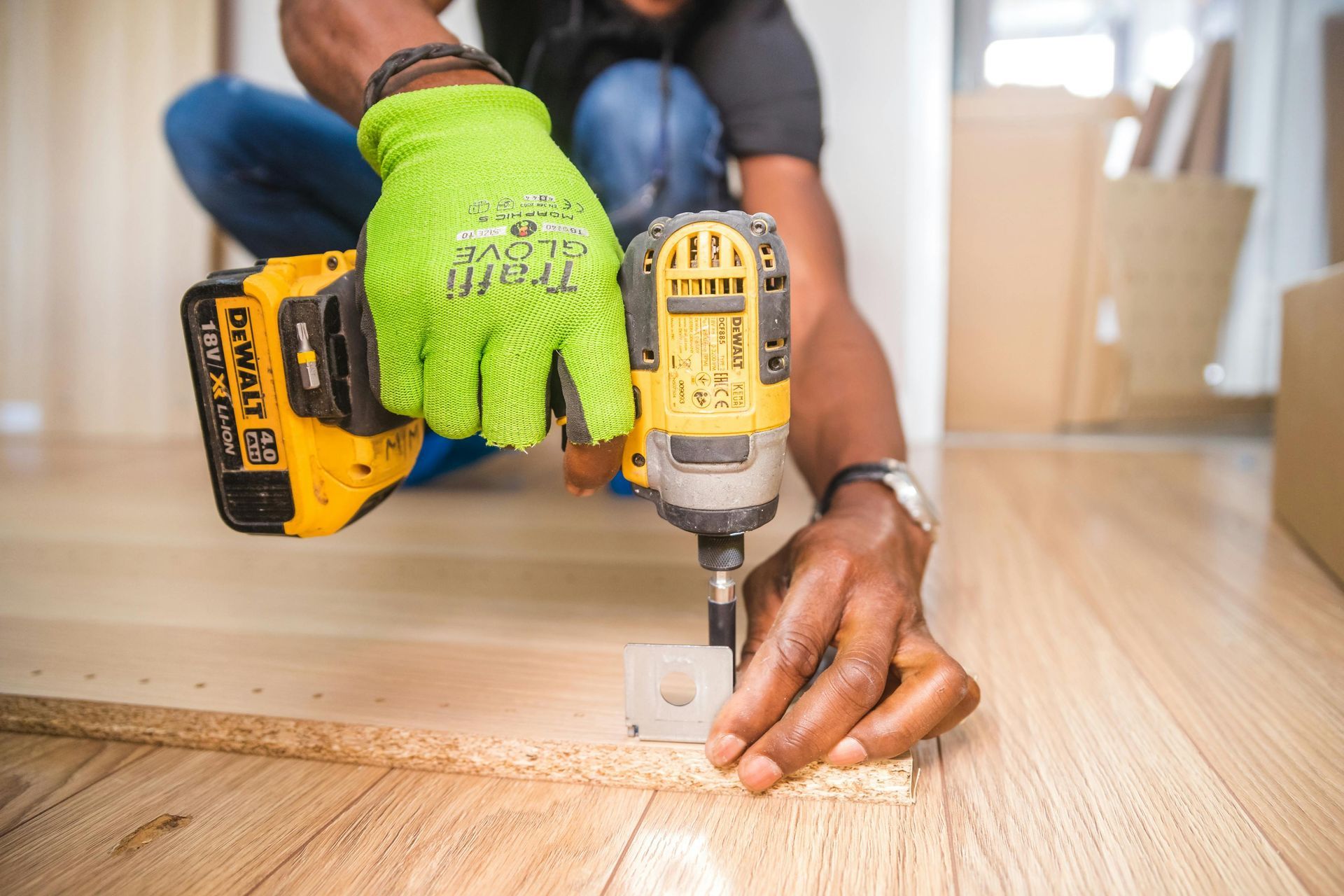How an Used Car Retailer Used Consumer Worldviews to Build a Fortune 500 Company
It’s no secret that consumers position used car dealerships and salespeople in their minds as crooks, slimy, sleazy, scum, lairs etc. ( I don’t need to go on.) So, how does a used-car retailer overcome that stigma and become the United States largest used-car retailer and a Fortune 500 company?
You start by building a new type of used car company. One that is centered around consumer worldviews. The company that I’m talking about will show you why every business or organization today is in one business: the customer service business. That what the consumer wants is not a great looking mascot, logo, or tagline but a new and remarkable experience.
Carmax is this company. They’re the United States largest used-car retailer and a Fortune 500 company. They quickly realized that in order to differentiate themselves from the competition they needed a quick snapshot of the perceptions that exist in the used car market and from that snapshot, they discerned the strengths and weaknesses of their company and competitors as they exist in the minds of their target customers.
What did they come up with? About 15 reasons you should buy from them, but let’s take a look at the three I hear most consumers talk about:
- Most consumers feel uncomfortable negotiating . They created a low, no-haggle price policy. Where they promote you getting a fair price up front without spending hours negotiating for it.
- Fixed commissions. Their sales consultants are paid the same and promotes that fixed commissions put their best interests in line with their customers, so they can focus on helping to find the car that best fits their customer needs.
- Buy your car. They’ll buy your car even if you don’t buy theirs. They offer to buy any car they appraise, regardless of make, mileage, or condition.
How can you learn from this?
- Quick Snapshot.
You should take a quick snap shot of the perceptions that exist in the market and from that snapshot, discern the strengths and weaknesses of your company and competitors as they exist in the minds of their target customers.
- Create New Experiences. From your research start developing new services, polices, products or etc. that line up with the worldview of your target market.
- Communication. Communicate those competitive advantages and differences through all communication channels. You want to point out the benefits of using your service or product to your target market.
Question: What makes you stand out from your competition?




